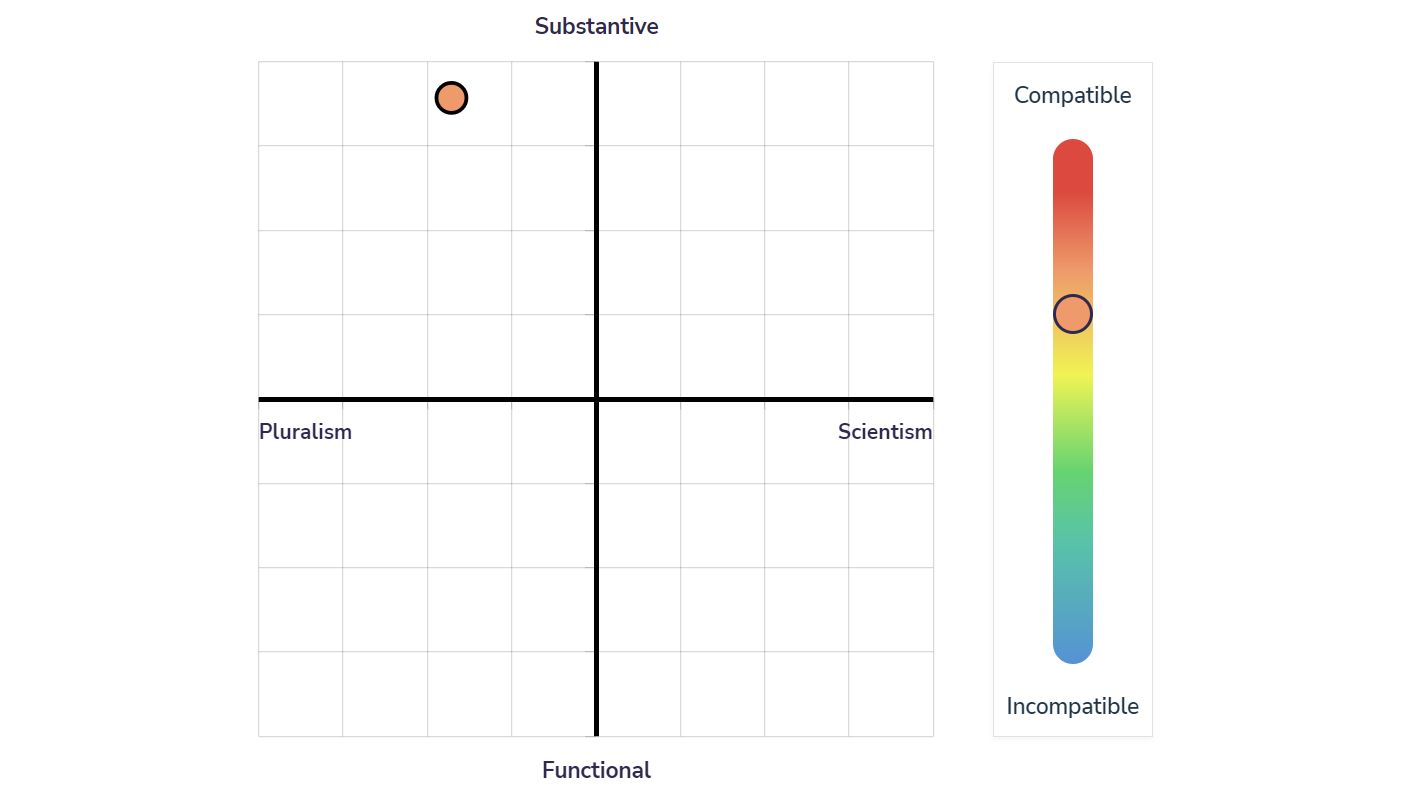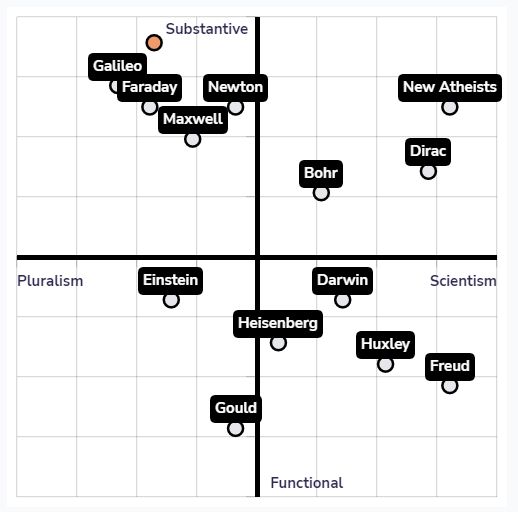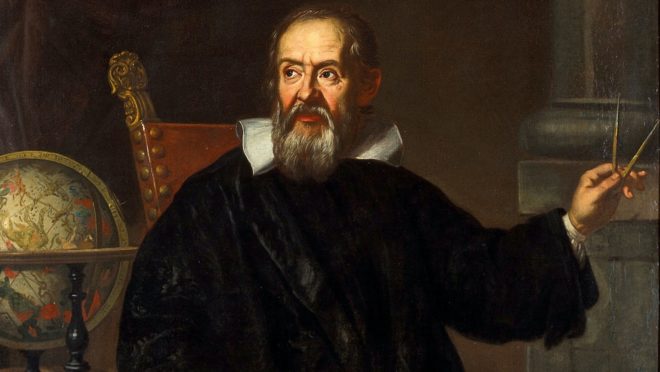For some time now, the Nolan Diagram has been popular here, a tool that better identifies people’s political convictions beyond just “left” and “right,” with axes representing personal freedom and economic freedom. After answering a series of questions, you saw your position on the graph and could compare it with other people and even politicians and personalities, as long as they were also tested or their answers to these questions were known. It is a very useful tool, for example, to see which candidate holds the most similar positions to yours.
to Faraday Institute for Science and ReligionUniversity of Cambridge Research Centre Theos Launched Equivalent to the Nolan chart for knowing where you stand on matters of science and faith🇧🇷 You need to answer whether you agree or disagree with 40 statements (you can disagree / agree a lot or a little, there is also “neither agree nor disagree”), with this the tool will give you a “thermometer” of compatibility between science and faith, and will put you on a drawing Schematic where the horizontal axis is your stance on science and its ability to explain reality, and the vertical axis is how you view religion, and whether it is more about beliefs or moral teachings.
An interesting care was taken by the creators of the gadget number They considered the antithesis of scientism to be scientific denial; At the other end of the axis is what they called “pluralism,” that is, the idea that science is one means of achieving knowledge, but far from being the only one. Similarly, the vertical axis has nothing to do with being more or less religious (as if atheists would necessarily be lower in the graph and religious people higher), but rather what constitutes, in your opinion, the core or main thing of a religious phenomenon: if it is essentially a set of rules moral or behavioral or if it is mainly a set of assertions/beliefs/beliefs about the existence of God and about how He reveals Himself to mankind, about the supernatural world, about life after death, etc., although the ‘end’ of one does not exclude the other.
I took the test, and I got the following result🇧🇷

He defines the quarter I stayed in as “different paths to the truth, and one of them is religious”:
“You believe that religion deals with the transcendent, the spiritual, or the supernatural. You believe that religion is about truth, or at least some truths. You also believe that science is not the only way to get to the truth, and therefore there is room for religious truths and revelation. You acknowledge that there is potential for some tension, but you don’t see the necessity for antagonism or competition between science and faith. Given that, you’re probably on the ‘hot’ side of the science-religion thermometer.”
(Actually, it stayed there in orange, but I could have sworn it would look like red on a thermometer…)
And I also discovered that the person who would have the closest perceptions of science and religion to me (represented by the orange dot) would be Galileo Galilei!

Going back to what we’ve been talking about about the vertical axis, note in particular two little points there, from New Atheism and Stephen Jay Gould: They’re all unbelievers, but they’re in opposite quadrants with respect to that axis. Militant atheists were on a par with Newton and Faraday, and even above Maxwell, a very devoted scientist. This is because they see religion as something more to do with beliefs than morality – the difference is that, unlike Faraday and Maxwell, they consider all such beliefs complete nonsense. For Gould, religion is something “dedicated to the search for consensus, or at least an elucidation of assumptions and norms, regarding the moral ‘ought’, than to the search for the realistic ‘is’, as it defines it.” Pillars of timeThat is, it is more ethical than dogmatic. This understanding of religion, by the way, is a presupposition of your non-interfering powers, which brings a series of difficulties, as I show at the end of My review of Gould’s book🇧🇷
Did you like the idea? Take the test And talk about your score in the comment box!

“Wannabe internet buff. Future teen idol. Hardcore zombie guru. Gamer. Avid creator. Entrepreneur. Bacon ninja.”

